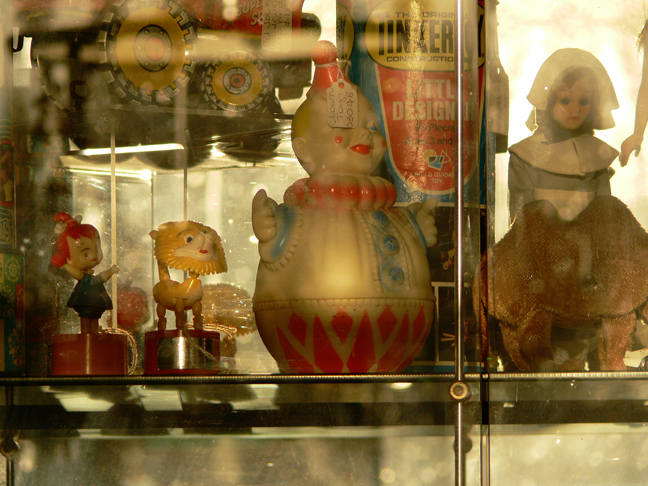
Within the discipline of statistics is a concept called "pairing". While many of us glaze over when the topic of statistics is brought up, the notion of pairing is something we might find quite eye-opening. It has nothing to do with dating or sex. Statistics is often employed to determine the extent of influence a specific factor has, for instance a drug. One can apply the factor and judge the influence it has, but a rigorous thinking person would want to know if the observed influence is actually the result of the applied factor, or the result of some other set of factors acting at the same time. Coincidence is not the same as causation. Pairing can help sort the problem out. Most of us will have heard of a "control group". On a gross scale, a control group is a type of paring. One group is exposed to the factor in question while at the same time, another is not. If both groups are big enough and actual membership is kept secret, the true potency of the factor in question might be discovered. But confidence would be weak because resolution is fuzzy, the problem of confounding factors largely remains. Resolution can be greatly enhanced by pairing the individual members of the two groups. Males of a specific age can be paired with each other. Females of a similar age can also be paired. Males of a specific body weight can be paired. Females of a specific body weight can also be paired. Pairs can be made along any dimension believed in some way to have a potentially confounding influence similar to the factor in question. The more pairs, the higher the resolution and the higher the degree of confidence. Pair by pair, confounding factors can be eliminated. Now consider the concept of pairing from a different angle. Suppose both members of a pair receive exactly the same dose of influencing factor, but in other ways the two are very different from each other. What can be learned then? Actually, quite a lot. But not about the influencing factor, rather more about how the developmental context of each member differs. Take a look at the objects in the picture above. They are toys. But they are not the toys of today. Today's toys are different. The concept of toy has likely not changed much. But the context in which the toys were developed is very different. Pairing helps us appreciate that difference. The Associated Press reported this week of the unearthing of a nearly intact 1900 year old chariot. The vehicle was found in an ancient Thracian tomb by Bulgarian archeologists. We do not have many chariots around today with which to pair it in comparison, but also found were items such as tableware and glassware and leather harnesses for the horses. Pairings with those items could prove very revealing of differences in our two evolved worlds of thought. May the pairings you make for thoughtful comparison be judiciously chosen and substantively revealing. |
• Posted: Aug 09, 2008 09:13:37
• Comments Welcome
• Vote CoolPhotoblogs
• Purchase a Print
• Share
Saturday, June 14th, 2008 Westby WI USA |